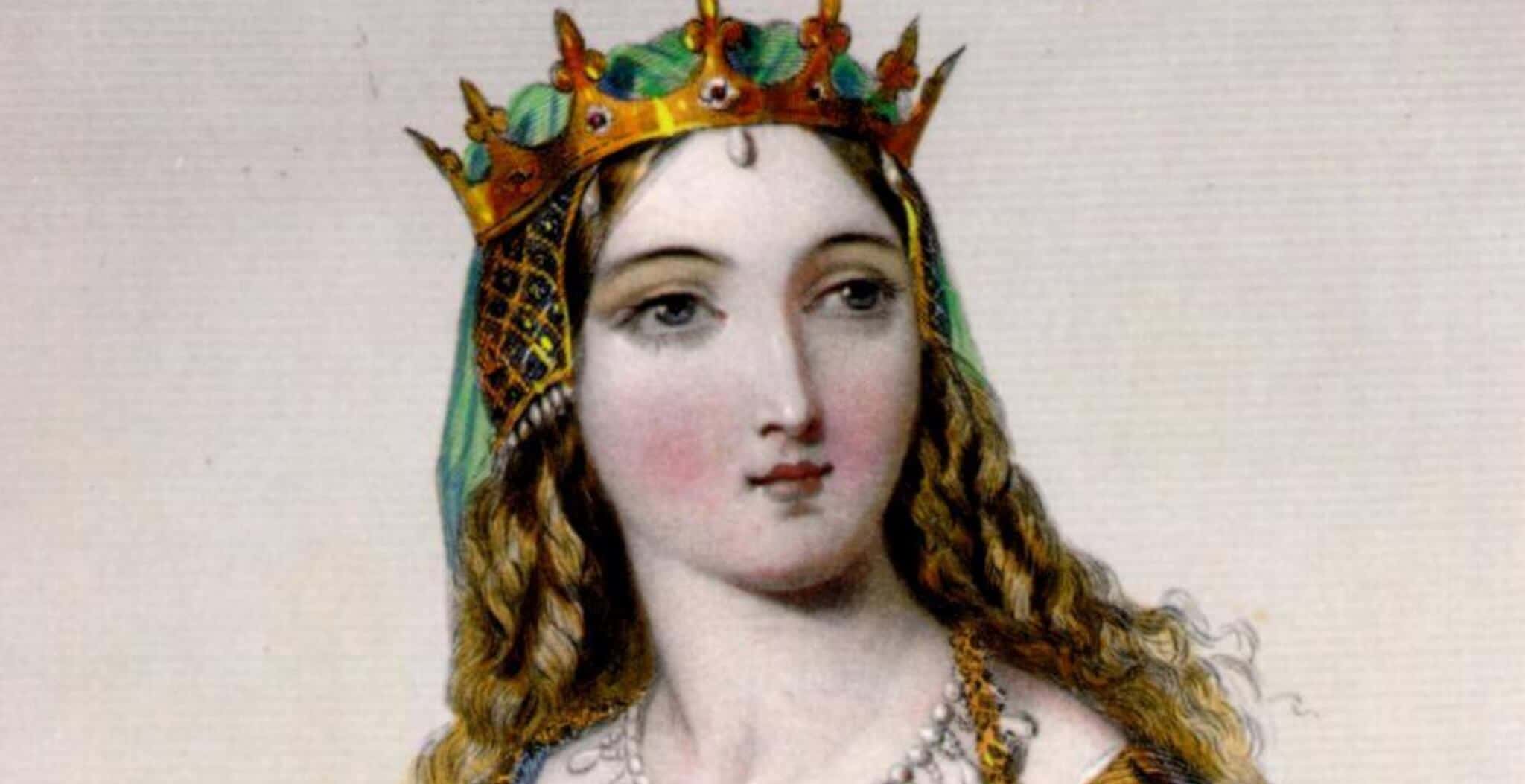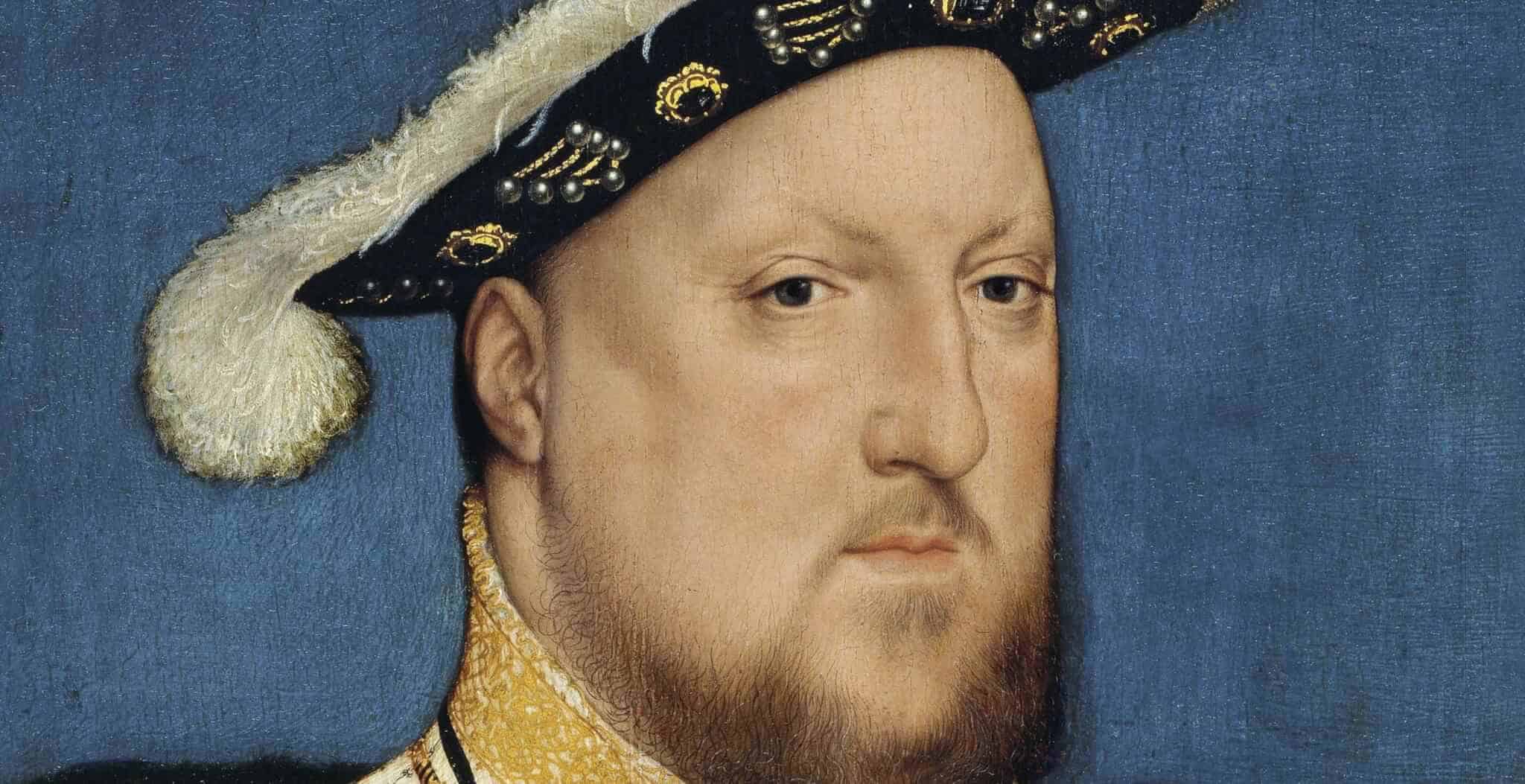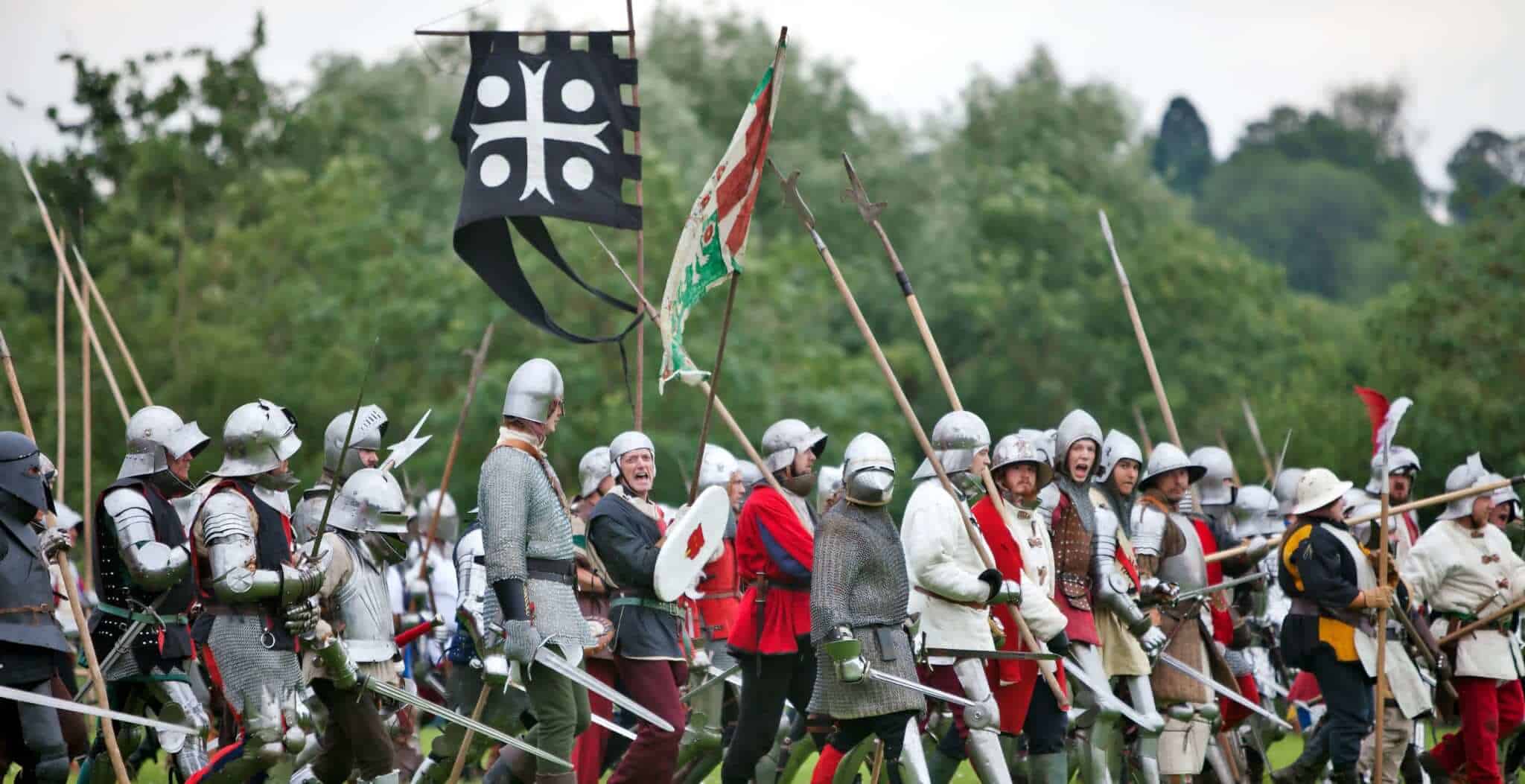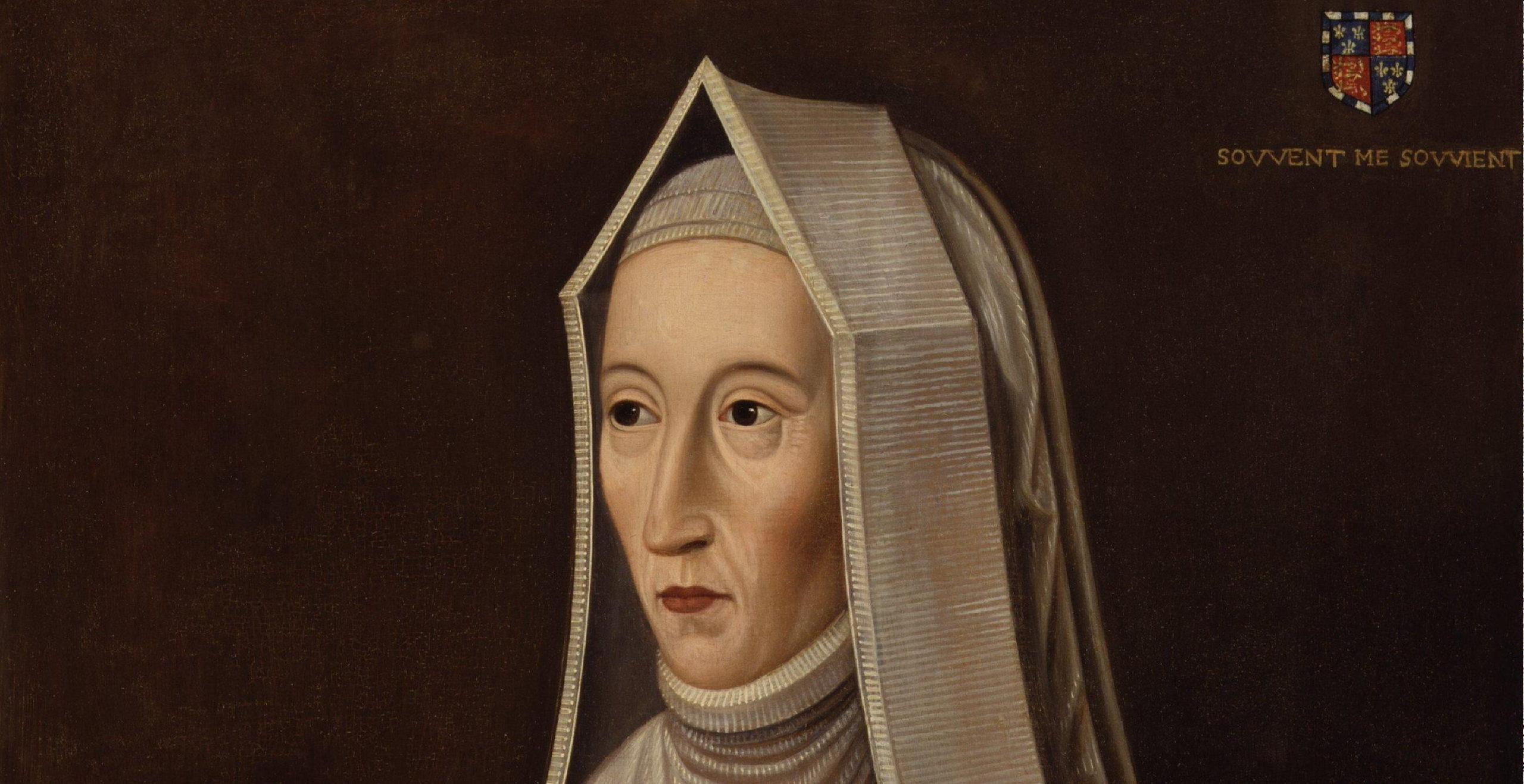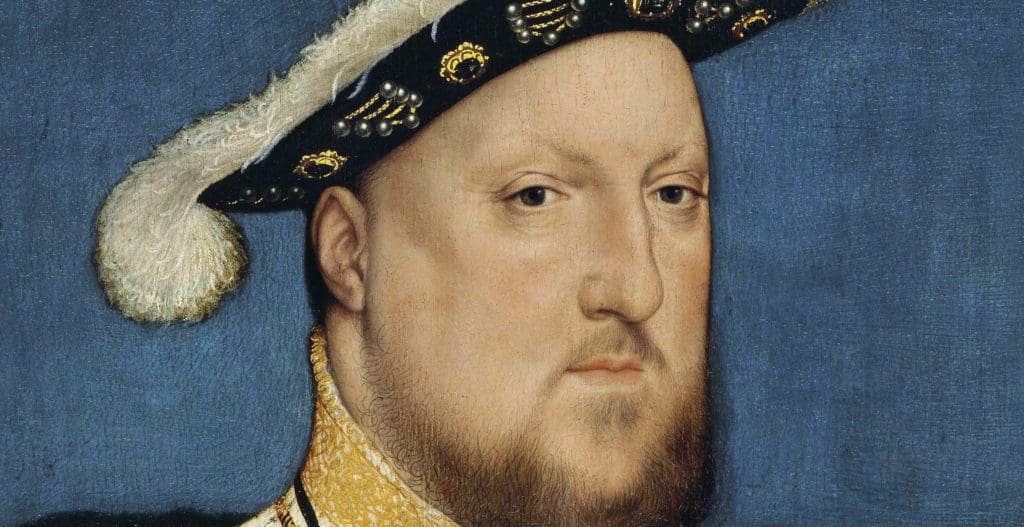Jacquetta of Luxembourg was the eldest child of the French Count of St Pol; her family descended from Charlemagne and were cousins to the Holy Roman Emperor. She grew up with war between France and England raging around her.
John, Duke of Bedford was the youngest son of King Henry IV. Having lost his wife to plague in 1432, he arranged to marry the seventeen-year-old Jacquetta, who was his social equal by her birth. Although married for two years they were childless when John died in September 1435. The King instructed Jacquetta to come to England and ordered Sir Richard Woodville, to arrange it.
However, Jacquetta and Richard fell in love, but Richard was a poor knight, far below Jacquetta in social status. Nonetheless, they married secretly thus thwarting any plans King Henry may have had to marry her off to a wealthy English lord. Theirs was a morganatic marriage, where one of the partners, most often the wife, was socially inferior. Henry was enraged and fined the couple £1000. He did however allow their heirs to inherit, which was unusual for morganatic marriages in England.
Being the widow of Henry V’s brother and aunt to the King, royal protocol gave Jacquetta the highest rank at court of any female except Henry’s wife, Margaret of Anjou, to whom Jacquetta was related by marriage. She even ‘outranked’ the King’s mother and was referred to as the ‘Duchess of Bedford,’ retaining the title from her first marriage. Richard and Jacquetta lived in their manor house at Grafton Regis near Northampton producing fourteen children, the eldest, Elizabeth being born in 1437.
In 1448 Richard was created Lord Rivers: his advancement ensured his family supported Henry VI in the dynastic feuding of the Wars of the Roses. The situation changed with the Yorkist victory at the Battle of Towton in 1461 and the seizure of the throne by Edward IV. By the spring of 1464, Jacquetta’s daughter Elizabeth was a widow, her Lancastrian husband having been killed in 1461. Within a few months, Elizabeth was married to the young King Edward IV.
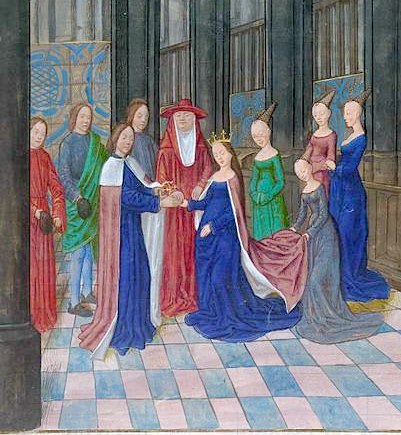
Illuminated miniature depicting the marriage of Edward IV and Elizabeth Woodville, ‘Anciennes Chroniques d’Angleterre’ by Jean de Wavrin, 15th century
Contemporaries were shocked that the King would marry a Lancastrian widow and a ‘commoner’ at that, for Jacquetta’s rank did not pass to her children. The King was expected to marry a foreign princess for diplomatic advantages, not for love. The English nobility was also alarmed, as the twelve unmarried siblings of the new Queen would require suitable ‘noble’ marriages. Little wonder that the Woodville family were considered ‘upstarts’ at court.
Richard Neville, Earl of Warwick who had been instrumental in Edward gaining the throne, stood to lose the most. His influence waned as the Woodvilles became more influential at court. In 1469, he launched a coup against Edward imprisoning him in Middleham Castle and ruling in his name. Warwick captured Rivers and his younger brother and had both executed. Warwick then had one of his close supporters accuse Jacquetta of using witchcraft in order to force Edward into marrying her daughter Elizabeth (below).
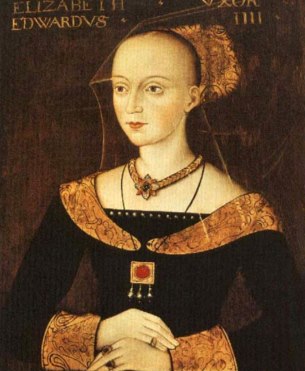
The mother of the Queen of England was put on trial for maleficium (using sorcery). The prosecution produced small lead figures as evidence that Jacquetta had used them to cast her ‘marriage’ spell.
Unsurprisingly, Jacquetta was convicted but meanwhile King Edward was released and reclaimed his crown, forcing Warwick into exile. In February 1470 Jacquetta was cleared of all charges.
The power struggle between Edward and Warwick continued and in September 1470, Edward was forced to flee to the Netherlands.
Jacquetta and the heavily pregnant Queen Elizabeth sought sanctuary in Westminster Abbey. In November she gave birth to the future King Edward V, attended by her mother, her doctor and a local butcher.
When Edward returned to England at the head of an army in April 1471, he entered London in triumph and Jacquetta and Elizabeth could leave sanctuary. His victories at Barnet and Tewkesbury that year guaranteed the Yorkist kingship in England.
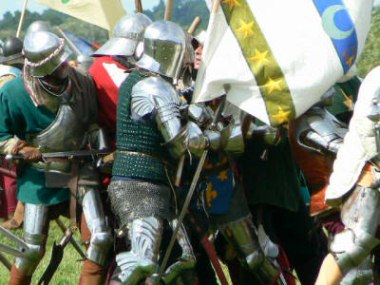
Jacquetta died the following year aged 56 and was buried at Grafton, though no record of her tomb survives. Recently, one legacy has come to light. Research by gene specialists indicates that Jacquetta was a carrier of the rare Kell-Antigen-Mcleod syndrome causing impaired fertility and psychotic behavioural changes in the male descendants of the family.
Edward IV had ten children with Elizabeth Woodville and more children with other women, seven of whom survived him. Thus it is unlikely that the K-antigen was present in his parents. Edward’s father, Richard Duke of York had 13 children. Clearly, the Yorkist line was very fertile. Similarly, Richard Woodville had 14 children with Jacquetta, suggesting that he was unlikely to be the source of the K-antigen.
However, if Jacquetta were the source, her daughters would have carried it and fertility problems could have been apparent in half of Edward IV’s male children and in half of male grandchildren. Unfortunately, none of Edward’s IV sons reached manhood. One died in infancy and the remaining two were the ‘Princes in the Tower’.
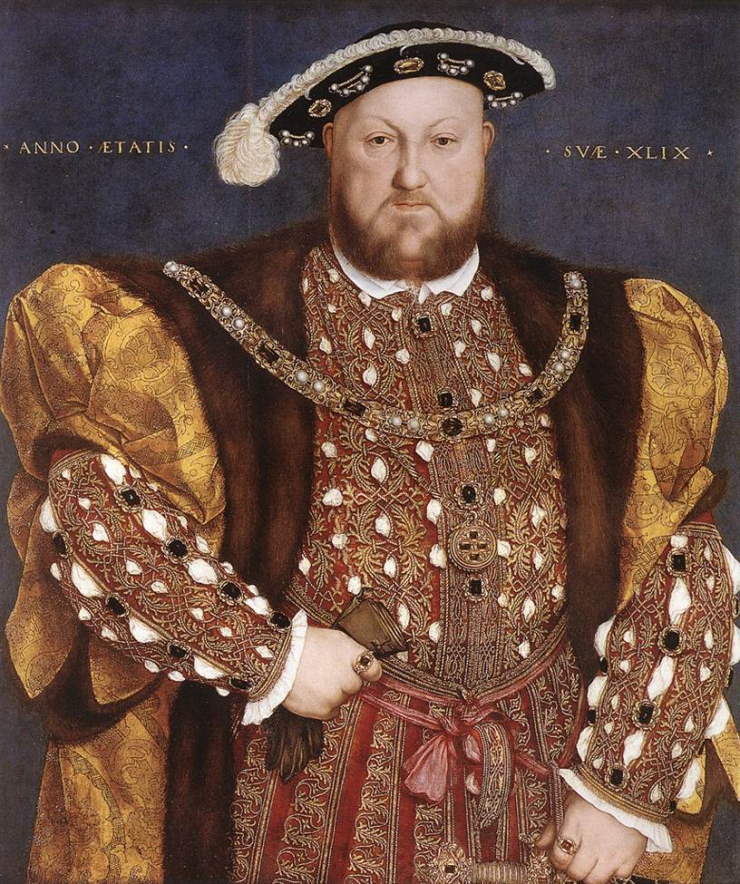
The wives of Jacquetta’s great-grandson, Henry VIII (above) suffered numerous miscarriages which may be explained if Henry’s blood carried the Kell-Antigen. A woman who is Kell-Antigen negative and a Kell-Antigen positive male will produce a healthy, Kell-Antigen positive child in a first pregnancy. However, the antibodies she produces will cross the placenta and attack the fetus in subsequent pregnancies. When one considers the history of both Catherine of Aragon and Anne Boleyn, both of whom produced healthy first-borns followed by multiple miscarriages, this becomes a compelling theory.
If Jacquetta also carried the Mcleod-Syndrome, unique to the Kell disorder, it also explains her great-grandson Henry VIII’s physical and personality changes in the 1530s; weight gain, paranoia and personality change are characteristic of Kell-Antigen/Mcleod -Syndrome. That Jacquetta’s male descendants were reproductive ‘failures’ while her female line was reproductively successful does suggest that her legacy was to pass the Kell antigen to the Tudor line, ultimately causing its demise.
Written by Michael Long. I have over 30 years experience teaching History in schools and examiner History to A level. My specialist area is England in the 15th and 16th centuries. I am now a freelance writer and historian.
